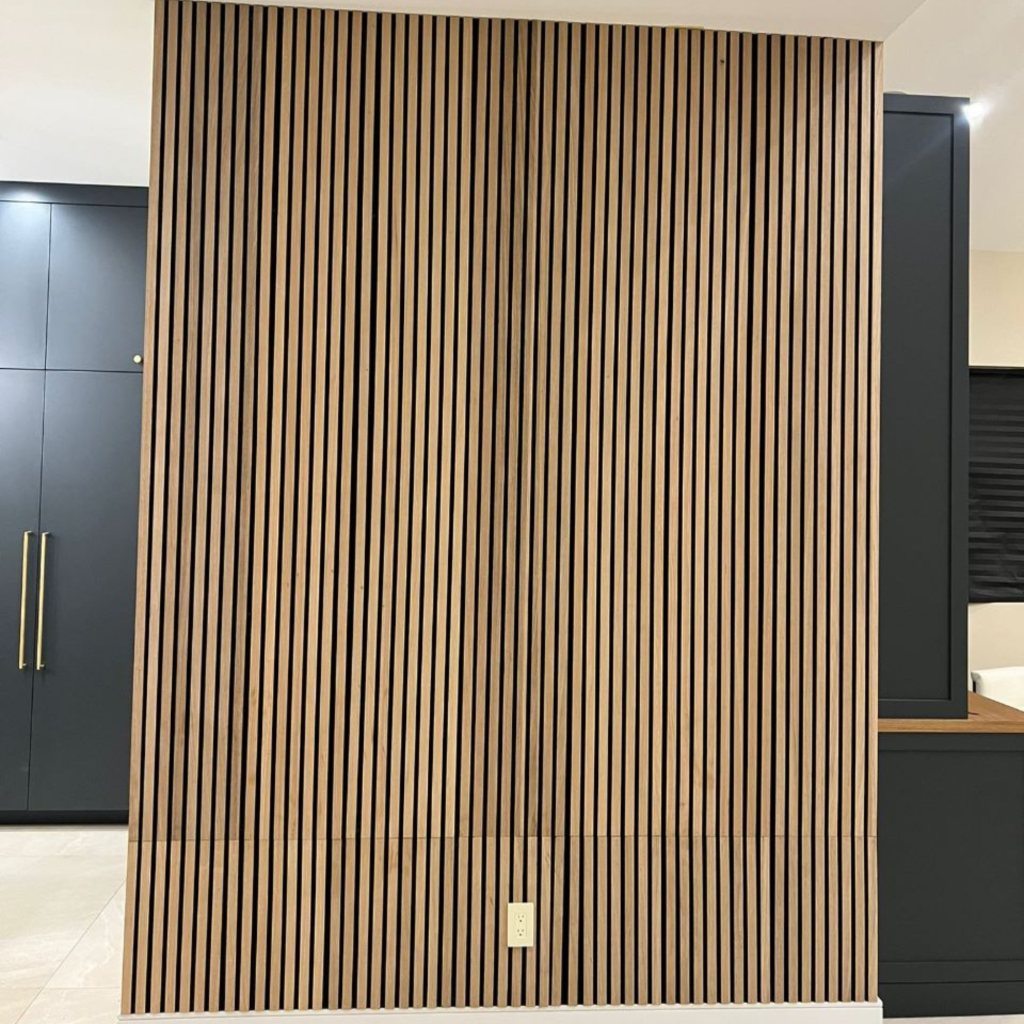Lawyers don`t just fight in court; they can also help you take care of some of your most important legal matters without having to enter a courtroom. It All begins with the creation of a will. Sure, you could do it yourself, but having a lawyer help you can ensure that it gets done properly and that it stands up to the scrutiny by the court when the time comes to fulfill your wish. In this blog post, we`ll be providing you with a step-by-step guide of what you need to do to get your lawyer on board and have them help you make a will. So, let`s get started!
Quick Clarification
You can find lawyers who specialize in wills and estate planning by searching online or through your local bar association. You should also look for experience and reviews when choosing a lawyer that is best suited to helping you make your will.
Why It`s Essential to Get a Lawyer to Make Your Will
It is vital to get a - to make your will, regardless of how simple or straightforward it may seem. Writing your own will, and not getting a lawyer involved, can lead to costly legal problems down the line. With a qualified lawyer, you’ll have peace of mind knowing that your will follows all the rules, regulations, and statutes required by your state. A lawyer who specializes in estate planning can even provide specific advice on how to best structure your will and provide guidance around lifestyle protection, gifting and other aspects that are important to you.
On the other hand, while there are benefits to engaging a lawyer when creating your will, there is some merit to the argument that it is an added expense that isn`t always necessary. While a qualified lawyer bounds them with professional standards of practice, any individual can do a solid job if they`re willing to put in the time and research into drafting their own will. That being said, it’s also important for individuals to remember that if something is unclear and questions arise later, there`s no one accountable – no one is legally responsible for an incorrect self-drafting of a will.
By taking the time to ensure that you get a qualified lawyer involved in making your will and estate plan, you’ll have definitive answers about what happens after you pass away. With this knowledge in hand, you can move forward with confidence and work towards making sure the legacy you leave behind is what you envisioned within the bounds of legality.
Assuming proper legal counsel has been taken care of then understanding the legal requirements associated with writing a valid Will is essential in ensuring your wishes are carried out after passing.
- According to the American Bar Association, the average cost for legal services related to creating a will or living trust is approximately $1,000.
- According to ZocDoc, over 57% of Americans do not have a will in place.
- A 2019 survey by Avvo concluded that over 16% of Americans overestimate the average cost of creating a will or living trust by 50%, with most survey respondents believing the cost was between $2,500 and $4,000.
Understanding the Legal Requirements
Having an experienced lawyer develop a will is essential, as it ensures that all legal requirements are met for a legally binding document. Each state has their own laws setting out what elements are necessary for a valid will. For instance, many states require two witnesses to be present when the testator signs the will. Additionally, if the testator wishes to create trust, there may be more stringent requirements.
Because of this legal complexity, consulting an attorney who is knowledgeable about estate law is key. A lawyer can make sure that the will meets all legal requirements and contains language that is enforceable in court. If not drafted correctly, a court might find that the document is invalid and reject it altogether.
Therefore, while a layperson certainly has the ability to draft his or her own will using pre-designed software or forms from an office supply store – or even write it out entirely by hand – there really isn’t any substitute for having a qualified estate attorney develop and review your will to ensure compliance with all applicable laws. This way, you can have peace of mind that your wishes will be carried out properly after death.
In order to make sure that you get the proper assistance for developing your will, it`s important to understand how to find a reputable estate attorney – which we`ll discuss in further detail in the following section.
How to Find a Reputable Estate Attorney
Once you have a better understanding of the legal requirements for creating a will, it’s time to focus on finding a reliable and reputable estate attorney. You may already have a lawyer that you trust or you could survey your family, friends, and colleagues to find one that they would recommend. No matter what route you take, it is important to do your research and vet potential options before you finalize your choice. Make sure that the lawyer is licensed to practice in the state in which you live, and check out their credentials and reputation. Be sure to read online reviews from past clients, and if possible, ask for referrals.
In the end, your decision should be based on trustworthiness, familiarity with the local laws (as these vary from state to state), and an established track record of successful legal expertise. It is also wise to look into any fees that a prospective lawyer may charge as well as what services are included in their standard contract. Knowing all of this information will help put you at ease during the process of allowing an estate attorney to create a will on your behalf.
By taking the time to identify a reliable and reputably estate attorney, you can move forward with the confidence knowing that your wishes regarding property distribution and other aspects of your estate will be carried out with care. Furthermore, there are some distinct benefits to working closely with a professional lawyer dedicated to drafting wills–which we will explore next.
Benefits of Working With an Attorney
The benefits of working with an estate attorney often outweigh the cost. Having professional legal counsel helps ensure all the legal requirements for a valid will are met and that beneficiaries and heirs receive what they are legally entitled to. Estate attorneys can suggest strategies to reduce succession tax or other forms of taxation, as well as help families avoid potential issues stemming from inadequate estate planning in the future. Additionally, an attorney’s expertise can aid in identifying measures that protect your privacy and assets; for example, setting up a trust for some inheritance payments or creating a living will to protect vulnerable family members.
On the other hand, it is not always necessary to work with a lawyer when making a will. Some individuals feel confident in their ability to create their own wills using templates. However, this is not recommended since private documents sometimes fail to account for state-specific laws and regulations that must be met in order for them to be valid and enforceable.
Choosing whether or not to hire an estate attorney is ultimately up to you; although, doing so could help provide peace of mind by minimizing risks associated with do-it-yourself efforts. With that being said, once you have chosen (or confirmed) an estate attorney, the next step is arranging for proper document preparation and execution.
Making Arrangements for Documents Preparation & Execution
When it comes to making arrangements for documents preparation and execution, the opinion is divided. On one hand, having a lawyer draw up your will can be beneficial in that you receive expert advice regarding how to transact certain items, how to make legally binding contracts, and how to structure the document in a longer-term outlook. On the other hand, such services can come with expensive legal fees.
Regardless of your personal views on the matter, if you intend to make a valid will it must be prepared with certain conventions in mind and duly executed according to various practices and protocols. A lawyer or professional document processor is best suited to ensure that this happens correctly and efficiently. This may involve notarizing documents and/or witnessing signatures from third-party individuals.
To ensure your wishes are respected in the event of death or other unforeseen circumstances, put in the effort beforehand to get everything in writing and rightfully executed. Having a lawyer help you take care of these things can provide peace of mind that should something happen unexpectedly the appropriate parties know what decisions have already been made per your precise instructions.
With the requisite matters taken cared for, it`s now time to explain the process and costs associated with hiring an attorney. An experienced - will be able to provide comprehensive estimates for their work so that all requirements are understood from the outset – no surprises later down the line.
Explaining the Process and Costs
Explaining the process and costs of a will can be daunting, however it is best to be as transparent and clear as possible so that there are no surprises. Firstly, fees for wills vary greatly depending on the size and complexity of the estate that one has, so it is important for a legal advisor to make an accurate assessment about their case in order to give an appropriate quote. Moreover, the process should involve making sure all documents are legally sound by consulting with a lawyer or a notary public that specializes in this field. This expert would be able to explain any legal jargon or technicalities so that their client can understand the details of the will.
Additionally, costs may vary depending on how many revisions or drafts needed; if a power of attorney needs to be appointed; if a health directive needs to be established; and in general, how much time and effort needs to be put into preparing for the will execution. For example, if there is a large estate with several beneficiaries then more details may need to be worked out and this could very well affect the overall cost of preparing such documents.
It is recommended for clients to ask any questions they might have surrounding their legal documents before signing off on any contracts. Also understanding what happens after death and who will carry out the instructions indicated in their Will is essential. Furthermore, getting informed advice on which taxes may apply or what type of personalized wishes can safely be carried out through these documents should also be thoroughly discussed with your lawyer before being finalized.
Ultimately, setting expectations early on in terms of time frames and costs allows everyone involved in the process to ensure that they are all on the same page with accurately outlining the will or trust and executing it accordingly. Now that you have made necessary arrangements for document preparation & execution it`s time take those final steps towards signing off on your Will.
Essential Summary Points
Explaining the process and costs of a will can be daunting but it is important to be as transparent and clear to ensure that there are no surprises. Fees for wills vary greatly depending on the size and complexity of the estate that one has. Moreover, the process should involve making sure all documents are legally sound by consulting with a lawyer or notary public. Costs may vary depending on how many revisions, appointing power of attorney, a health directive and other factors. It is recommended to ask questions before signing contracts and understand what happens after death and who will carry out the instructions indicated in their Will. Setting expectations early on in terms of time frames and costs allows everyone involved in the process to correctly execute the will or trust.
Final Steps in Executing a Will
The final steps in executing a will involve completing the paperwork and filing with the appropriate governmental office. This portion of the process is often a straightforward procedure but can be complicated in certain cases.
People should make sure they understand applicable laws, as well as any potential legal implications stemming from their wills. It is also important to be mindful of any tax-related considerations, such as filing requirements or estate planning techniques that can minimize future taxation. Doing research and consulting with a lawyer can help ensure wills are constructed properly and meet all legal requirements.
Executing a will is not always an easy task for individuals and couples, especially those who possess numerous assets or involve family members in the process. Therefore, it is important to fully understand each step before completing any paperwork. Doing so can help ensure wills are accurately designed and implemented, helping protect one`s rights and financial future down the road.
By taking proper steps throughout the process and enlisting the help of qualified professionals when necessary, individuals can have full confidence knowing their will has been correctly executed and protected. With this peace of mind, it is time to move on to the next step: protecting your rights and financial future.
Protecting Your Rights & Financial Future
When deciding whether to create a will, it is also important to consider the potential implications for your rights and financial future. It is important to understand that with a proper will in place, you will be able to make sure that your assets are evenly distributed should something happen to you. Without a will, all of assets and possessions are subject to the laws of intestate succession and the decision of who to give those assets to lies solely with the courts. This may not always yield harmony amongst family members or even a satisfactory result.
That being said, it is argued by some that creating a will may limit one’s ability to pass on their values and family traditions, so they must decide if they want this kind of control over distribution when they pass away or if they want someone else to make those decisions – such as a court – after death. In addition, it can be argued that the cost of writing a bad or illegal will outweighs any benefit of having one in place. The cost associated with having an attorney draft a legal will includes fees for preparation and review, postage, filing fees and additional costs for things like storage with an executor which add up quickly. Therefore, it is important for individuals to consider their financial situation before committing to creating a legal will.
Evidence from previous studies show that executing a properly written will can provide peace of mind knowing that your wishes are followed according to legal standards. Peace of mind is particularly apparent amongst first-generation immigrants. Families can take comfort in knowing that their legacies – both monetary and physical – are accounted for according the law when something happens their loved one passes away. As well, many companies research wills and probate records in order to gain access to your personal possessions or financial wealth after death so there is added protection financially as well in ensuring records are managed properly by way of an attorney drafted will.
Ultimately, protecting your rights and financial future after death is an important part of estate planning; therefore, engaging the services of an experienced lawyer familiar with producing effective wills is advised to ensure full consideration in these matters of importance.
Answers to Frequently Asked Questions with Explanations
Is it possible to make a will without hiring a lawyer?
It is possible to make a will without hiring a lawyer, depending on the complexity of your will and your comfort level with the legal process. Depending on state law, you can often draft wills yourself by following simple instructions and filling out forms online or through books devoted to estate planning. If you have any questions as you go through the process, you may be able to refer to an estate attorney for guidance or hire an attorney for one-on-one assistance. For example, if you need more complex estate planning tools, such as creating trusts, it may be best to hire a lawyer for assistance. Additionally, an experienced lawyer can help ensure that all of your wishes are properly documented and provide advice regarding options that could benefit you or your family when it comes to settling your estate.
What qualifications should I look for when selecting a lawyer to create a will?
When selecting a lawyer to create a will, it is important to look for someone with experience in estate planning. Look for a lawyer who specializes in wills and trusts, is familiar with the local laws, and has a successful track record of handling will creation and estate planning cases. Additionally, you may want to look for a lawyer who is certified by your state as an Estate Law Specialist.
It is also helpful to ensure that the lawyer you choose can clearly explain the terms used in drafting wills and trusts. Furthermore, they should be familiar with both local and federal will laws, rules, and regulations. Finally, make sure that the lawyer you are considering has good references and testimonials from past clients. In sum, finding the right lawyer for your needs takes some research ahead of time, but can provide invaluable peace of mind when it comes to creating an effective and legally valid will.
What documentation is required when setting up a will?
When setting up a will, the most important documentation to have ready is a valid ID such as a driver`s license or passport. It is also important to have proof of residence such as a utility bill or bank statement. Additionally, it may be necessary to provide financial information related to assets and debts that could be inherited after death.
Before creating a will with a lawyer, it’s important for the individual to fully understand what their estate encompasses and any relevant tax obligations that may arise. Having accurate beneficiary information available is key, including details like full name, contact information, and address. Furthermore, it can be beneficial to have an inventory of all existing assets (cash, real estate, stock holdings), insurance policies and accounts associated with life insurance plans. Finally, any durable power of attorney should be readily available in order for the lawyer to properly ascertain potential medical issues.





